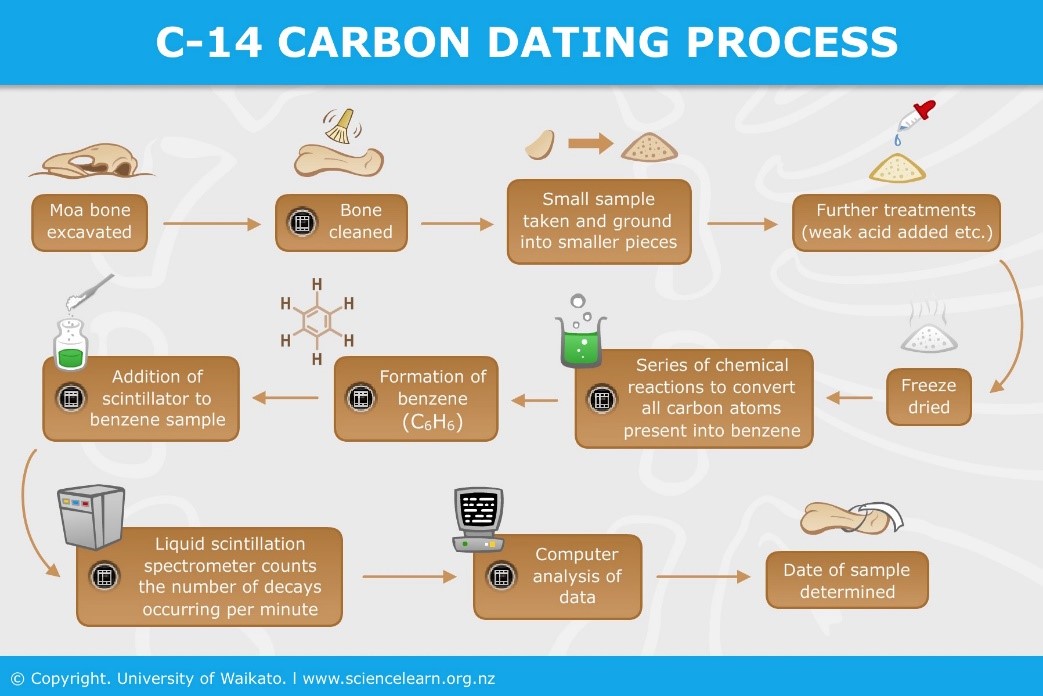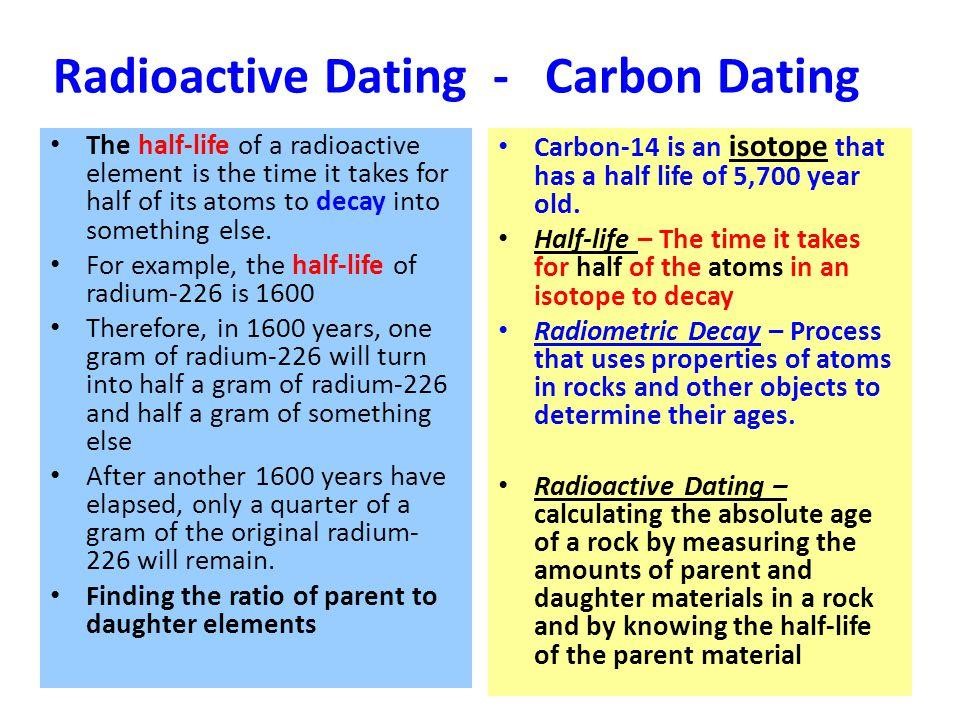Description

Disclaimer: Copyright infringement not intended.
Context
- The Allahabad High Court ordered a “scientific survey”, including carbon dating, of a “Shivling” said to have been found at the Gyanvapi mosque complex in Varanasi.
Radiocarbon dating
- Radiocarbon dating, or carbon-14 dating, is a scientific method that can accurately determine the age of organic materials as old as approximately 60,000 years.
- First developed in the late 1940s at the University of Chicago by Willard Libby, the technique is based on the decay of the carbon-14 isotope.
- Radiocarbon dating has been used for historical studies and atmospheric science, and triggered archaeology’s “radiocarbon revolution.”

Working Principle
- It is based on the fact that living organisms—like trees, plants, people, and animals—absorb carbon-14 into their tissue.
- When they die, the carbon-14 starts to change into other atoms over time.
- Scientists can estimate how long the organism has been dead by counting the remaining carbon-14 atoms.

How does radiocarbon dating work?
- It starts with cosmic rays—subatomic particles of matter that continuously rain upon Earth from all directions.
- When cosmic rays reach Earth’s upper atmosphere, physical and chemical interactions form the radioactive isotope carbon-14.
- Living organisms absorb this carbon-14 into their tissue. Once they die, the absorption stops, and the carbon-14 begins very slowly to change into other atoms at a predictable rate.
- By measuring how much carbon-14 remains, scientists can estimate how long a particular organic object has been dead.
- Radiocarbon dating can be used on any object that used to be alive. That includes pieces of animals, people, and plants, but also paper that was made from reeds, leather made from animal hides, logs that were used to build houses, and so forth.
What are the limitations of carbon-14 dating?
- The various dating techniques all have limitations. Each works best for different types of problems. Radiocarbon dating works on organic materials up to about 60,000 years of age.
- Conventional radiocarbon dating requires samples of 10 to 100 grams (0.35 to 3.5 ounces) of an object, depending on the material in question. Newer forms of dating can use much smaller amounts, down to 20 to 50 milligrams or 0.0007 to 0.0018 ounces. In both cases, the material is destroyed during the test.
- Radiocarbon samples are also easily contaminated, so to provide accurate dates, they must be clean and well-preserved.
- Dirt and other matter must be washed off with water, but chemical treatments and other cleaning procedures are also often needed. This is because there are so few atoms to count; even a little extra carbon from contamination will throw off the results significantly.
- A million-year-old sample contaminated by only a tiny amount of carbon could yield an invalid age of 40,000 years, for example.
Comparison with other Dating Methods
- Other dating methods have different strengths.
- Dendrochronology, also known as tree-ring dating, depends upon the preservation of certain tree species; it can extend to about 12,500 years ago for oak trees and to 8,500 years for bristlecone pine.
- Potassium-argon dating can date volcanic materials ranging from less than 100,000 to more than 4 billion years old.
- Rubidium-strontium dating can be used to determine the ages of items ranging from a few million to a few billions of years old; it is widely used to understand how the Earth and solar system formed and to trace human migration and trade in archaeology.
Significance of Radiocarbon Dating
- Carbon dating has helped us reveal how our bodies work, to understand the climate of the Earth and reconstruct its history, and to track the sun’s activity and the Earth’s magnetic fields.
- Radiocarbon dating was also instrumental in the discovery of human-caused climate change, as scientists used it to track the sources of carbon in the atmosphere over time.

|
PRACTICE QUESTION
Q. What is Radiocarbon Dating? How does Radiocarbon Dating work? Shed light on its working principle. What are the limitations of carbon-14 dating? Throw light on its significance.
|
https://indianexpress.com/article/explained/gyanvapi-shivling-carbon-dating-8606179/













